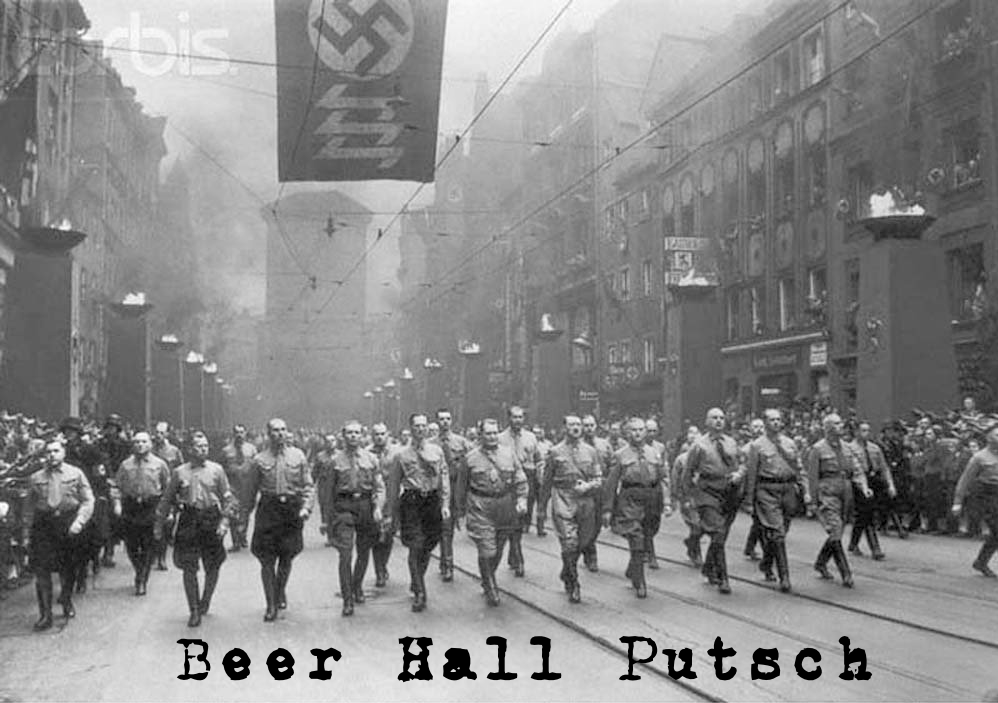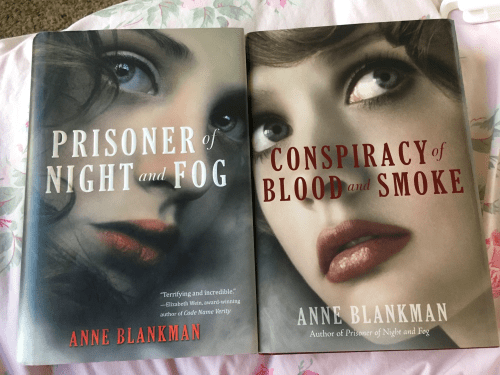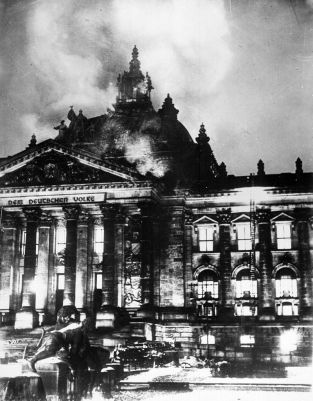Today in History: October 8, 1923 – Beer Hall Putsch
Today in History: October 8, 1923 – Beer Hall Putsch The Beer Hall Putsch is mentioned time and again in the Prisoner of Night and… Read More »Today in History: October 8, 1923 – Beer Hall Putsch
Today in History: October 8, 1923 – Beer Hall Putsch The Beer Hall Putsch is mentioned time and again in the Prisoner of Night and… Read More »Today in History: October 8, 1923 – Beer Hall Putsch
Prisoner of Night and Fog & Conspiracy of Blood and Smoke It seemed that the perfect first post would be the two books that… Read More »Prisoner of Night and Fog & Conspiracy of Blood and Smoke
The Reichstag Fire In my previous research, I started with Prisoner of Night and Fog and Conspiracy of Blood and Smoke by Anne Blankman– the Reichstag Fire. So, I decided… Read More » The Reichstag Fire


